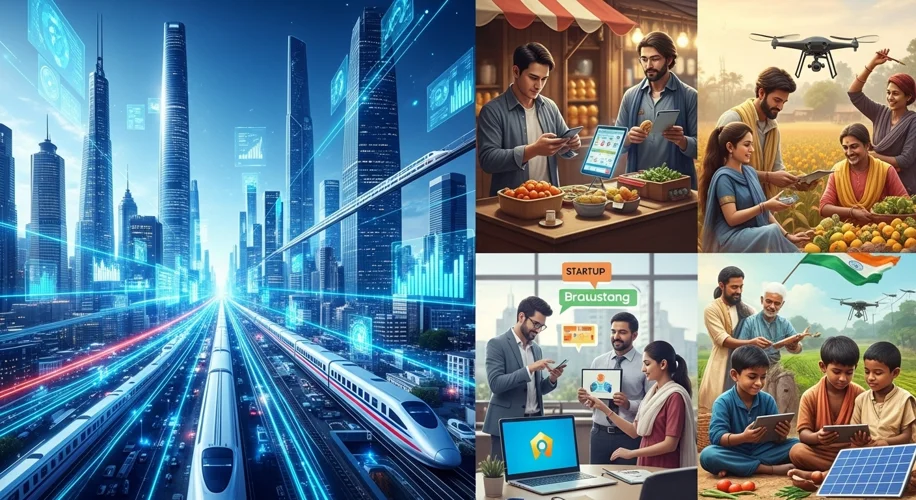It’s easy to fall into the trap of comparing nations, especially when it comes to technology and development. For years, India and China have been on many people’s minds, often placed side-by-side in discussions about global progress. While the allure of a direct comparison is strong, it often overlooks the nuanced realities of each nation’s unique journey.
China has undeniably made massive strides in its technological infrastructure and adoption. We’ve seen this translate into widespread digital payment systems, advanced manufacturing capabilities, and significant investments in AI and 5G. Their approach has often been characterized by large-scale, top-down initiatives, leading to rapid deployment and integration of new technologies across vast populations.
India, on the other hand, is navigating a different path. Its digital transformation is often driven by a vibrant startup ecosystem, a massive pool of tech talent, and a focus on solving local problems with innovative, often more resource-constrained, solutions. Think of the UPI (Unified Payments Interface), which has revolutionized digital transactions in India, or the proliferation of low-cost mobile internet services reaching even remote areas. This bottom-up innovation often emphasizes accessibility and affordability.
From my perspective, having spent decades in the tech world, this isn’t a simple race where one country ‘wins.’ It’s more about different strategies for growth and development, each with its own strengths and challenges. China’s model has yielded impressive speed and scale, but questions about data privacy and individual liberties sometimes surface. India’s approach, while perhaps slower in some areas, fosters a dynamic and adaptive innovation culture.
The key takeaway here isn’t who is ahead, but rather what we can learn from both approaches. India’s emphasis on creating accessible and affordable technology for a diverse population offers valuable lessons. It shows that innovation doesn’t always need massive state backing; it can bloom from necessity and ingenuity. As we look at global technology trends, it’s crucial to appreciate these distinct paths. Understanding these differences allows for a more insightful conversation about development, innovation, and the ethical considerations that underpin technological advancement everywhere.
We must ask ourselves: what does true progress look like? Is it purely about speed and scale, or does it also encompass inclusivity, adaptability, and the empowerment of diverse communities? The Indian experience provides a compelling case study for the latter.

